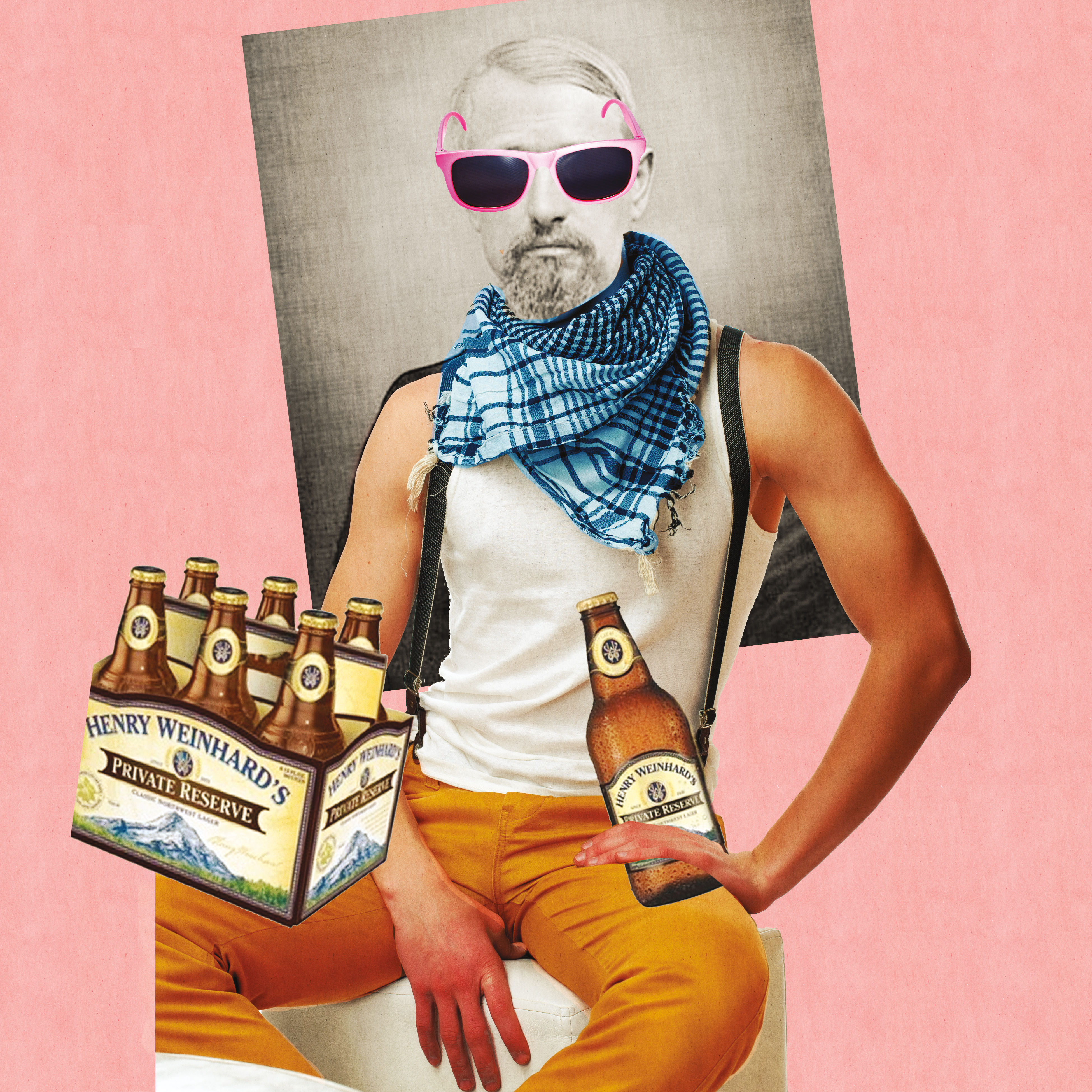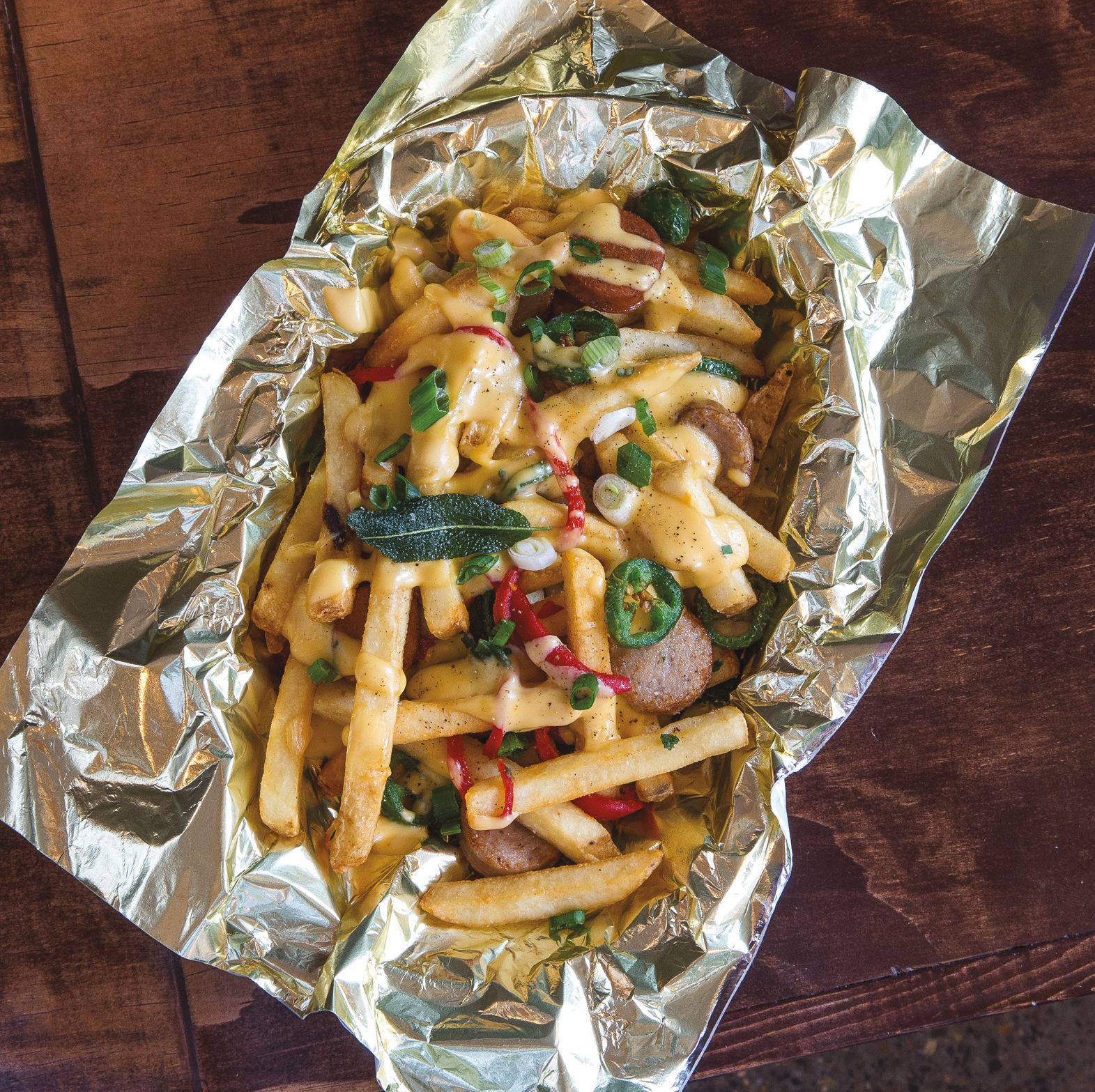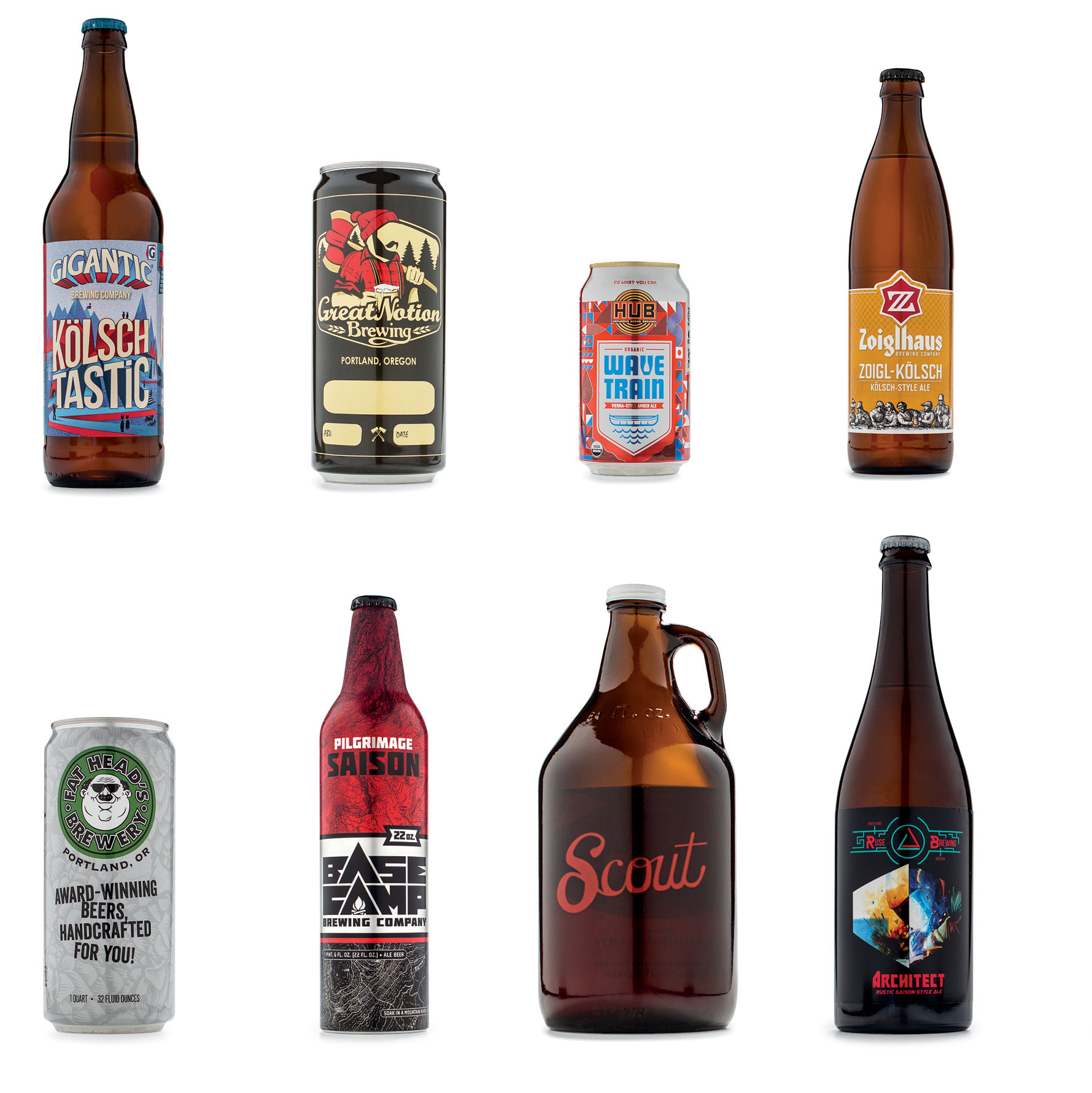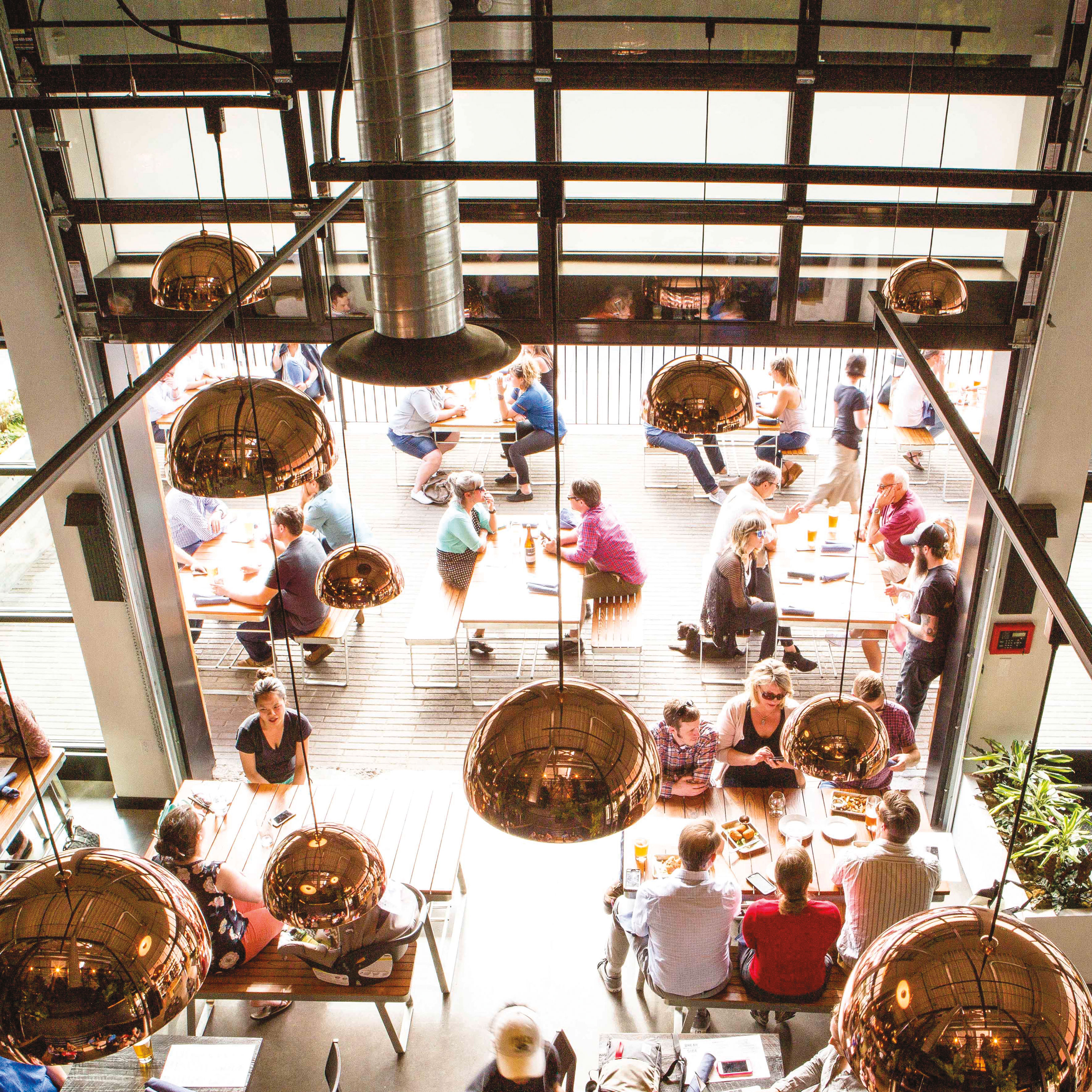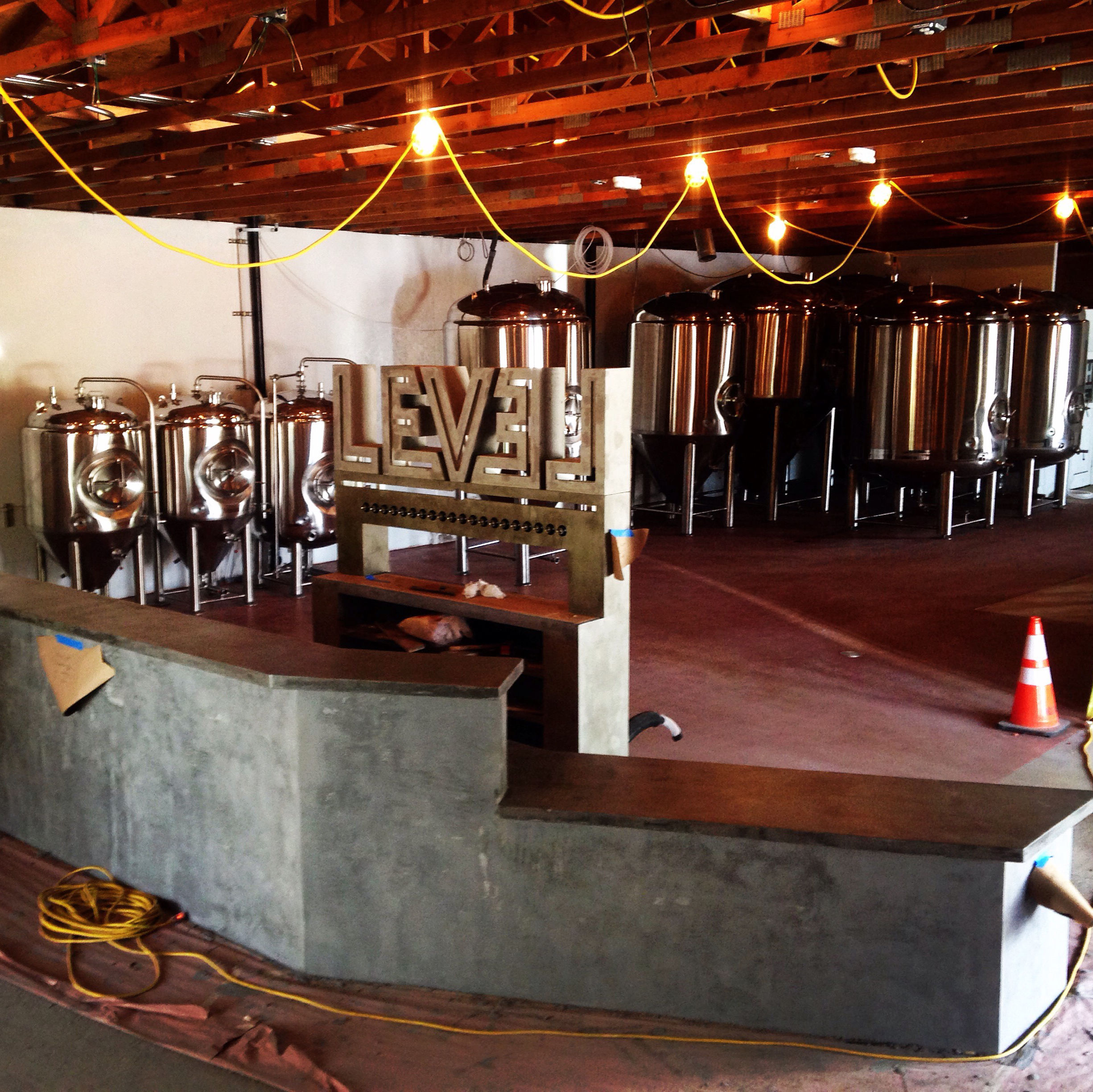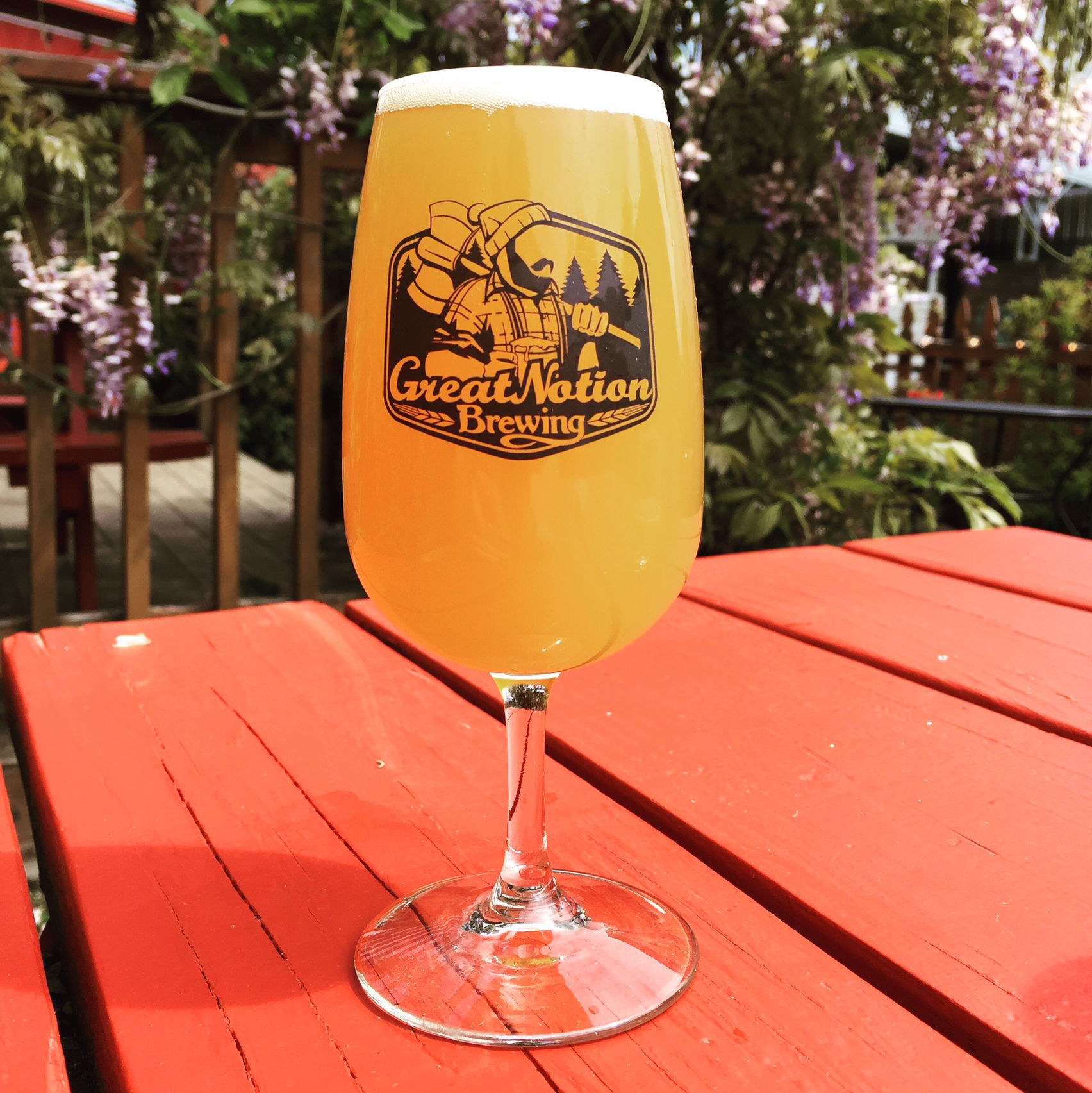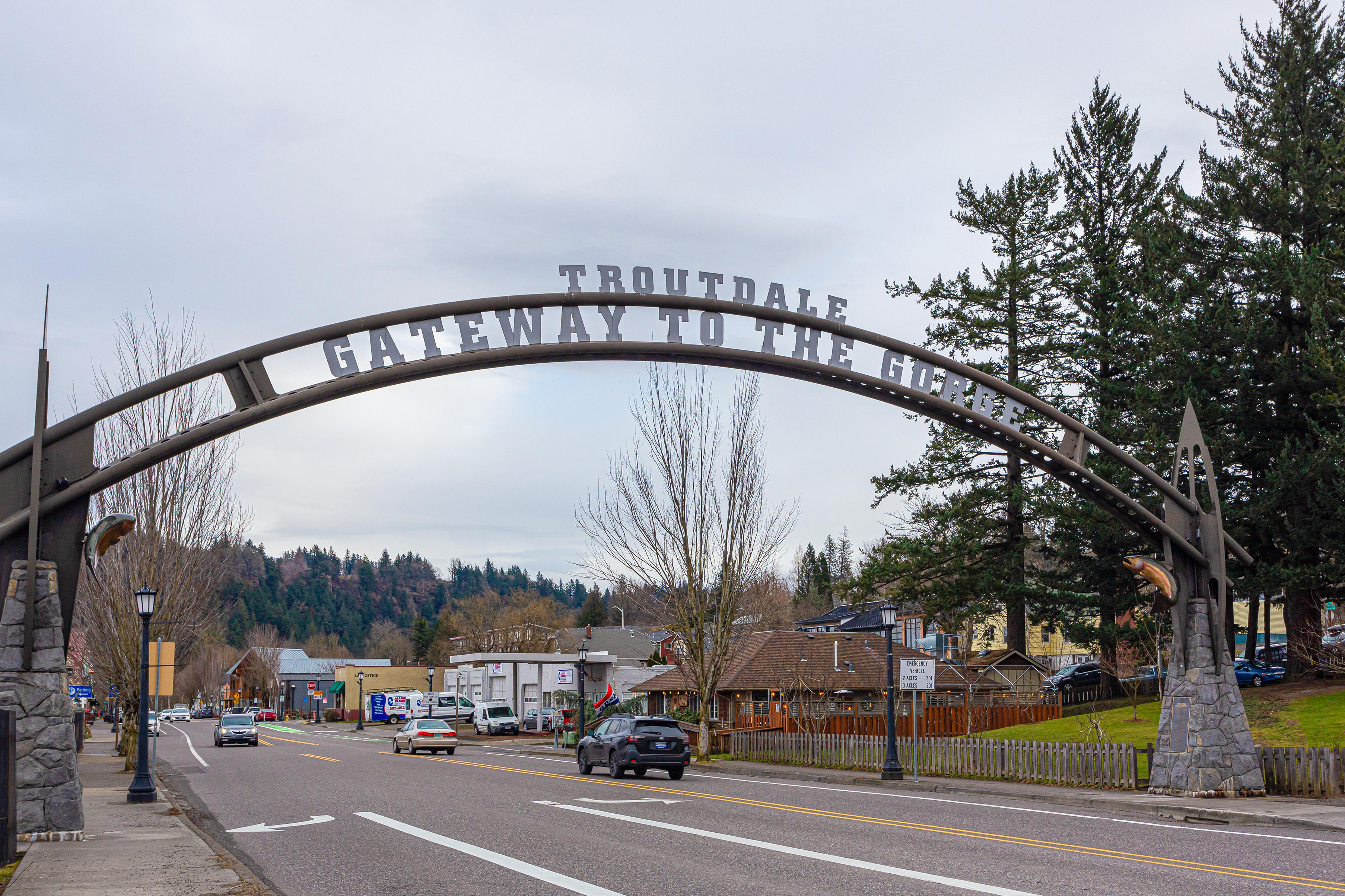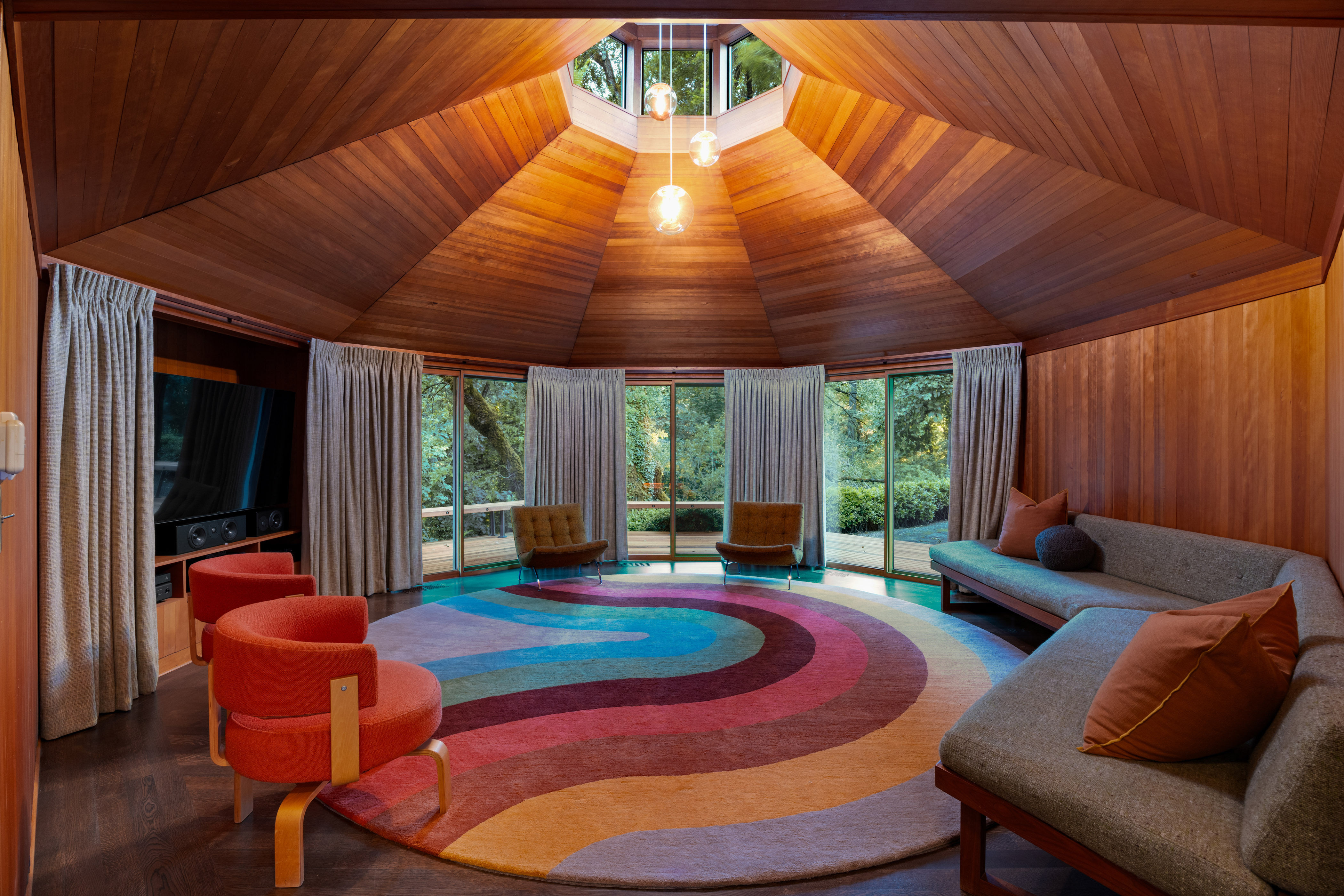These Beers Have Defined Oregon through the Eras
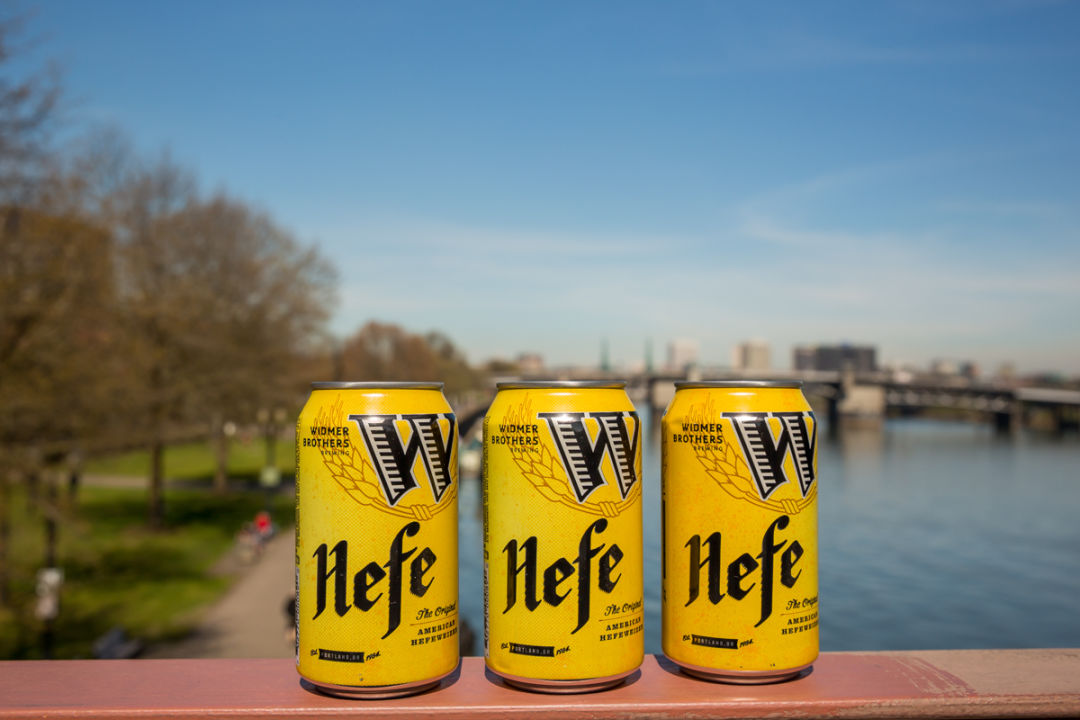
More than 30 years on, Widmer's Hefe is still going strong.
Image: Courtesy Widmer Bros.
1986: Widmer Bros. Hefeweizen
Portland’s first breakthrough beer. The unfiltered version of the Widmer’s Weizenbier was unlike anything most people had ever seen, or tasted. As Portland’s late, great beer writer Fred Eckhardt once told me, “It revolutionized craft beer in town. It had flavor!” Local beer palates became woke.
Late ‘80s, early ‘90s: Deschutes Black Butte Porter
Gary Fish founded Deschutes Brewing in Bend in 1988 with three beers: Cascade Golden Ale, Bachelor Bitter, and Black Butte Porter. Light, medium, dark—and Black Butte emerged as the ruler of the dark side. It remains the best-selling craft porter in America.
Late ’90s: Bridgeport IPA
Once, beers might’ve contained two ounces of hops per barrel. This bad boy boasted a whopping two pounds. Sure, some brewers today dump in five pounds per barrel, but this 1996 debut was a gamechanger.
Early ’00s: Laurelwood Free Range Red
Laurelwood launched in 2001 during an industry downturn. Christian Ettinger (later Hopworks’ founder) and Chad Kennedy (later Worthy’s original brewmaster) earned World Beer Cup 2004 accolades for this hoppy but exceedingly accessible beer: Portland’s caramel-coated calling card.
Late ’00s: Ninkasi Total Domination IPA
Eleven years ago, this Eugene brewery began conquering the world, and by 2012 “Total Dom” became the signature IPA for those looking for more citrusy hops (over 80 bitterness units) and more alcohol (6.7 percent). This beer soon came to dominate all IPA sales in Oregon, according to research firm IRI.
The Teens: Everything Else
Our collective palates crave variety. Initially, that meant something like an IPA–stout hybrid—Cascadian Dark Ale—best exemplified by Barley Brown’s Turmoil CDA. We also reach for that beautiful, earthy saison, the Commons’ Urban Farmhouse Ale, first poured in 2011 and now a local restaurant staple. And as barrel-aging programs for sour, wild ales, Cascade’s cherry-loaded flagship Kriek defined “Northwest-style sour ale,” earning two perfect, four-star reviews from the New York Times.
